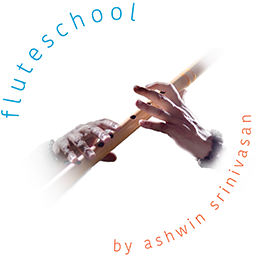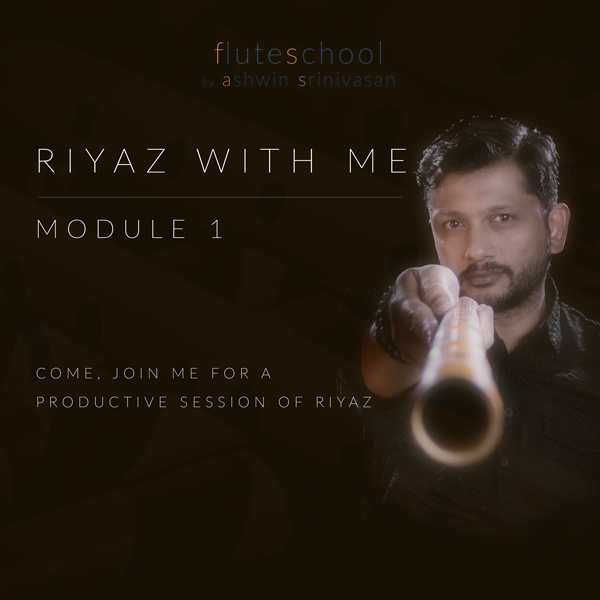Notation
Posted by Arvind on 28/10/2024 at 9:29 pmThe western music notation is a very well developed and mature system that can cover very complex music. Is there anything in Indian music that the western notation cannot cover? If so, what are some examples? If not, then why not just make the investment to learn the western notation?
Shivanand replied 11 months, 3 weeks ago 3 Members · 6 Replies- 6 Replies
@ashwinflute ji, @gandharbhalerao ji, any insights?
Specific articulations such as meend and alap are almost impossible to notate in the western notation (in my limited knowledge). Someone who knows more can correct me if I am wrong here, please.
On a different note (pun unintended), it is always helpful to learn the western notation system as, for the most part it is easy to communicate with other musicians with it as a general idea for any piece of Indian music.
Indian session musicians, specially from the 1960s through the early 2000s have relied on a hybrid of the Bhatkhande system and vernacular script. An evolved version of which I have developed, taking heavily also from the Ravi Shankar system of writing (in English – using SRGMPDNS) and the western system of Bars and Beats to arrive at a point where my notation system encompasses almost all that I have needed to read and play on my instrument. Especially during my non-classical pursuits. You may find this being used in most of my courses here.
This system is available to learn in both Hindi and English as a course here on https://www.ashwinflute.com/courses/nwce/
Do give this a try 🙂
ashwinflute.com
Introduction to a New and Comprehensive Indian Notation System - ENGLISH - Ashwin Srinivasan
A unique and very ‘Indian’ Method to writing Notaions for Indian Music
Is our meend the same as portamento (or glissando) in Western music?
Technically, yes. they are the same. But they vary in application of such glissando.
Whereas in Indian music, meend is where the music is actually said to reside (“What happens between the two notes is where the actual music is” – because of the expressiveness with which such meend can be applied), in western music, glissando is mostly used as an articulation to reach the next note. (Only fretless instruments and a few brass instruments use glissando. Piano, the concert flute (and a few other woodwinds), melodic percussion instruments such as glockenspiel and vibraphone don’t use glissando.
That’s a good reminder to re-polish the basics with a RWM-1 Meend lesson.
https://ashwinflute.com/topics/meend-1/
ashwinflute.com
Riyaz with Me - Module 1 - Ashwin Srinivasan
This is my most popular Beginners' course where you will get to do disciplined practice by playing along with me, whereby you will learn three basic Alankars and one exercise for Meend. You will also get PDFs for additional alankars … Continue reading
Allow me to chime in here. Apparently the western standard is over-simplified and treated as a de-facto standard (thanks to the colonial legacy). The Hindustani and Carnatic system uses shrutis (as you researched previously. The Arabic middle eastern music system uses quarter tones instead of semi-tones. So while western system may be able to express articulations, it falls way short of the resolution of notes (that being one shortcoming but not the end of it). Beyond that (and at the risk of my post being flagged as spam) there’s an excellent series why western music had never been able to capture the essence of Arabic / middle-eastern music. So essentially western standard is widespread but mistaken for universal standard.
https://youtu.be/LR511iAedYU?si=UVOBua6rJ4X50Ds8
-
This reply was modified 11 months, 3 weeks ago by
 Shivanand.
Shivanand.
-
This reply was modified 11 months, 3 weeks ago by
Log in to reply.


